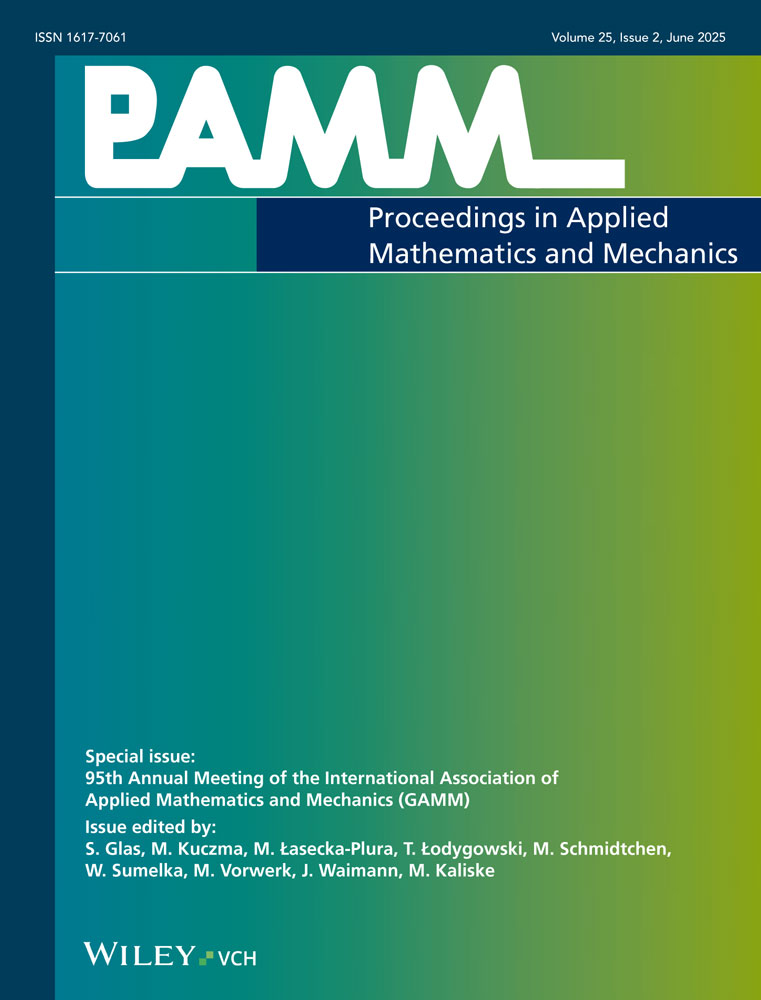Elastic Properties of Muscle Tissue: Comparison of an Inverse Finite Element Approach and Homogeneous Deformation
Abstract
Parameters of material models are commonly identified by fitting predicted stress-stretch relations to experimentally derived ones, assuming homogeneous deformation. This approach has been compared with an inverse finite element strategy, where an FE model of the actual measurement set-up is created to obtain stress-stretch data. Compressive tests of skeletal muscle tissue have been conducted for different fiber orientations, with a stereo camera system capturing the geometry of the sample. The material exhibited an exponential increase in stiffness with increasing stretch, with large differences related to the fiber orientation; this behavior is described well by a model for arterial layers. Assuming homogeneous deformation led to significantly different stress-stretch curves indicating that this assumption is unrealistic in this case. (© 2012 Wiley-VCH Verlag GmbH & Co. KGaA, Weinheim)




